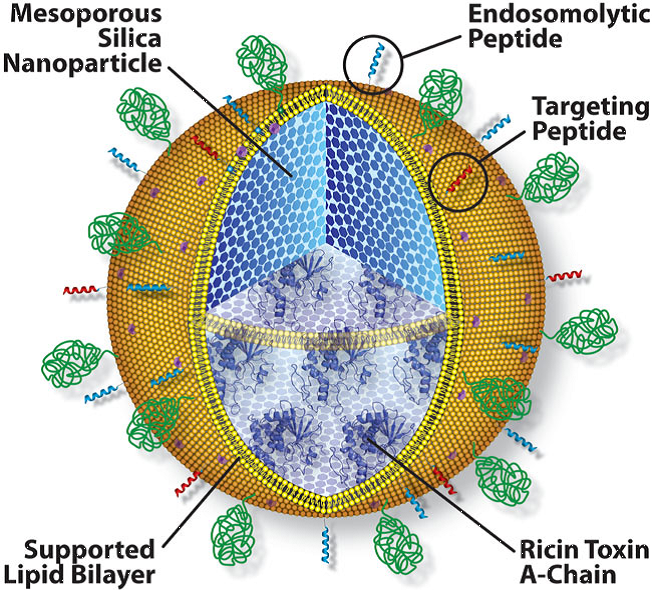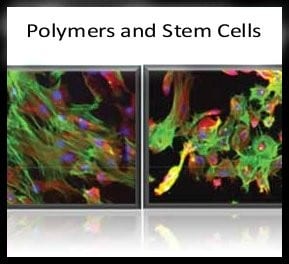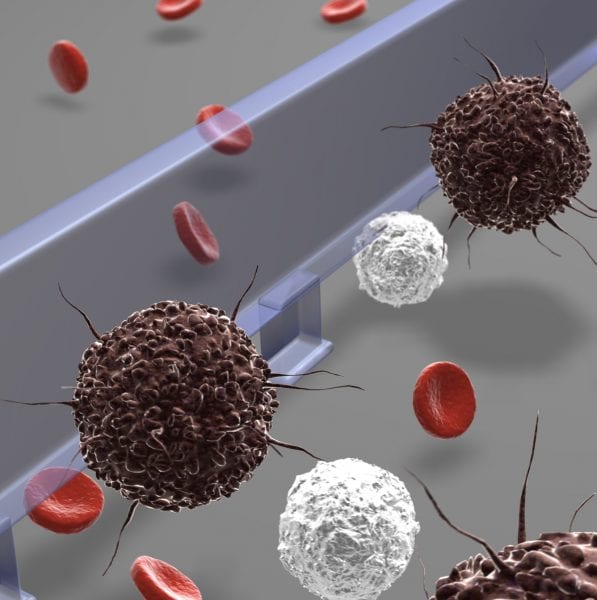A new hybrid nanoarchitecture has been developed to allow the use of protein toxins such as ricin in cancer treatment.


A new hybrid nanoarchitecture has been developed to allow the use of protein toxins such as ricin in cancer treatment.

The second part of the series Advances in Polymers for Stem Cell Research by guest editor Suwan N. Jayasinghe is now complete and the last articles just have gone online.
This book focuses on the formulation and delivery of dendrimers. It offers both a comprehensive introduction and reference to practical applications. The coverage encompasses dendritic drug delivery systems ranging from dendrimers chemistry to cellular uptake...

A researcher has argued that fuel cells are inefficient because they’re using the wrong catalyst material.

Biomineralization-based virus shell engineering for functional modification of viruses to be used in cancer virotherapy or for vaccines
This resource provides a detailed overview of the fundamentals and latest developments in the field of Energy autonomous Microsystems. An in-depth study of the applications, in the fields of: * health and usage monitoring * medical implants * home automation...

On-chip culturing and molecular profiling of captured cancer cells using a low-cost, rapid microfluidic cell sorter device
Microdrops and interfaces are now a common feature in most fluidic microsystems, from biology, to biotechnology, materials science, 3D -microelectronics, optofluidics, and mechatronics. On the other hand, the behaviour of droplets and interfaces in today's...
Researchers from the University of Michigan present a palladium catalyst that can mediate a living, chain-growth polymerization of pi-conjugated monomers.

Dutch researchers present a new theoretical model to explain the better than expected power conversion efficiencies reported for organic solar cells.